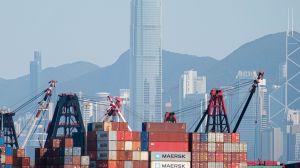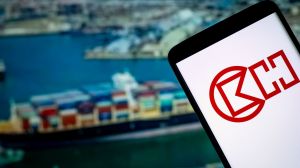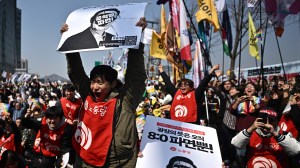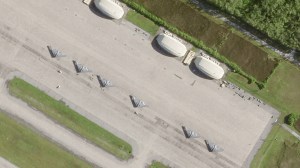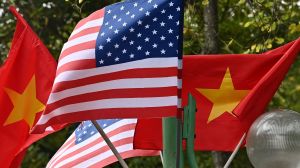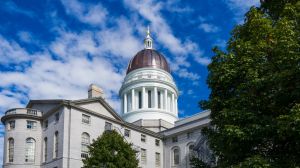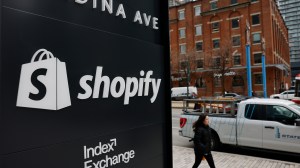For the first time ever, Tesla’s superchargers will be deployed on an independent electric vehicle (EV) charging network. Oil and gas giant BP is making a $100 million investment in the chargers, which it plans to roll out by as early as 2024.
The first of these chargers will be installed at locations in Chicago, Houston, Los Angeles, Phoenix, and Washington, D.C., with more set to be announced. BP Pulse, the company’s EV charging business, has already installed upwards of 27,000 charge points globally to date, and intends to use this deal with Tesla to increase that total to 100,000 by 2030.
“Strengthening the BP Pulse network with Tesla’s industry-leading hardware is a major step forward in our ambitions for high speed, open-access charging infrastructure in the U.S. and advances our ambition to delivering an exceptional customer experience,” said Richard Bartlett, global CEO of BP Pulse. “Combined with our vast network of convenience and mobility sites on and off the highway, this collaboration with Tesla will bring fast and reliable charging to EV drivers when and where they need it.”
With its goal of building more charging infrastructure in mind, over these next six years, BP also intends to invest up to $1 billion in EV chargers across the United States. The first $500 million of that figure is expected to be spent during the next two to three years. In 2019, charging infrastructure made up just 3% of BP’s total investments, but last year, it accounted for nearly a third of the money spent by the company.
“If battery electric vehicles do prove to be the major means of light passenger vehicle transportation moving forward, the core business model for the oil majors of providing gasoline to these vehicles is going to struggle,” said Graham Evans, director of auto supply chain and technology at S&P Global Mobility. “And therefore how do they replace that? By providing EV charging.”
The move to increase spending on EV chargers comes after a number of automakers made a similar decision over the summer. BMW, General Motors, Honda, Hyundai, Kia, Mercedes-Benz and Stellantis are planning to jointly invest at least $1 billion to build a North American EV charging network. Before the end of the decade, this venture aims to install 30,000 new fast charging ports, a number nearly equivalent to the total number of fast chargers currently available in the U.S. and Canada.
“The creation of EV charging services is an opportunity for automakers to produce excellent user experiences by providing complete, convenient and sustainable solutions for our customers,” says Honda CEO Toshihiro Mibe. “Toward that objective, this joint venture will be a critical step in accelerating EV adoption across the U.S. and Canada and supporting our efforts to achieve carbon neutrality.”
These initiatives are underway amid data from consumers that cite concerns about charger reliability, speed, and abundance as being among the biggest hurdles mass EV adoption faces. A poll by the Energy Policy Institute at the University of Chicago and the Associated Press-NORC Center for Public Affairs Research earlier this year found that nearly 80% of the public said the current state of charging infrastructure is a primary reason for not buying an EV.
“Concerns about the country’s charging infrastructure are barriers to more people driving [EVs],” said Jennifer Benz, deputy director of The AP-NORC Center. “Policies that alleviate these concerns will be a key component of building support for an EV future.”
Meanwhile, Ford CEO Jim Farley has said the company expects to see “mass consumers with a lot of charging anxiety.” To combat these concerns, Ford announced this week that the company’s own deal with Tesla to utilize is superchargers, which was originally slated for 12,000 ports, will now increase the terms to 15,000.
“A critical focus on reliable fast charging remains a top priority to provide the best possible electric driving experience for our customers,” said Bill Crider, senior director of global charging and energy services at Ford. “With the addition of the Tesla Supercharger Network along with new fast chargers coming to Ford Model e dealerships in 2024, we are working hard to make range anxiety a thing of the past for Ford all-electric drivers.”
